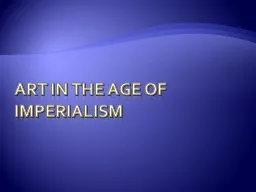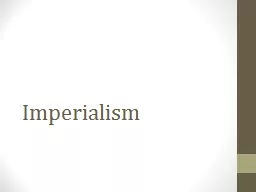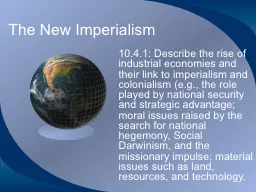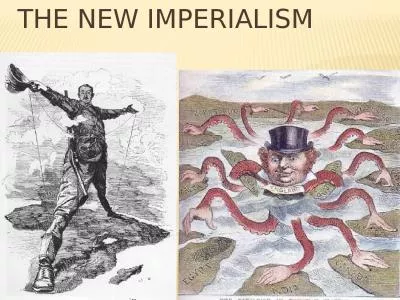PPT-Art in the Age of Imperialism
Author : mjnt | Published Date : 2020-08-06
What is Art For most of art history an artistic object like a painting or sculpture was considered quite different from a work of craftsmanship such as a piece
Presentation Embed Code
Download Presentation
Download Presentation The PPT/PDF document "Art in the Age of Imperialism" is the property of its rightful owner. Permission is granted to download and print the materials on this website for personal, non-commercial use only, and to display it on your personal computer provided you do not modify the materials and that you retain all copyright notices contained in the materials. By downloading content from our website, you accept the terms of this agreement.
Art in the Age of Imperialism: Transcript
Download Rules Of Document
"Art in the Age of Imperialism"The content belongs to its owner. You may download and print it for personal use, without modification, and keep all copyright notices. By downloading, you agree to these terms.
Related Documents














